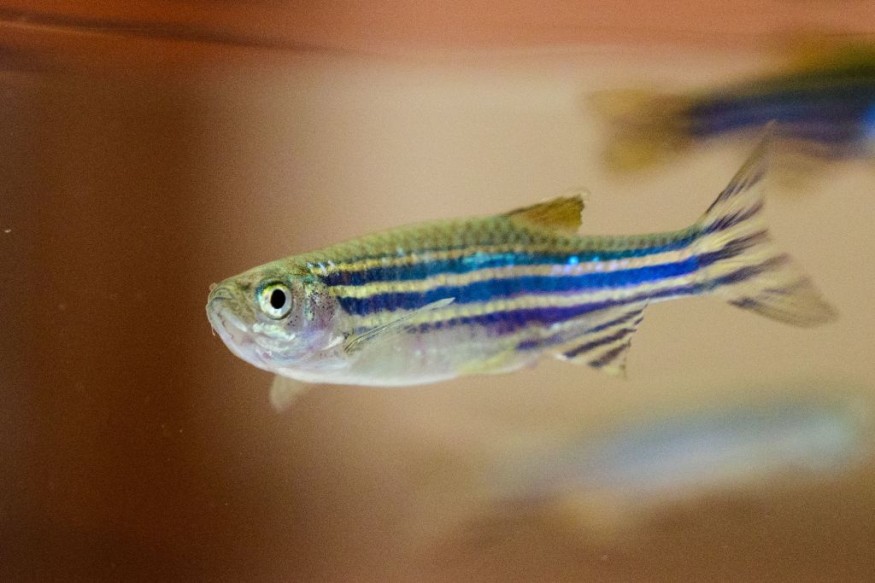
Zebrafish are amazing animals. They are nonetheless fully transparent; however, they can even develop fresh parts.
Researchers previously recognized that these transparent tiny fish would restore retinal pigment in their pupils, but recent study indicates that they can also grow heart muscles following an accident.
Repairing Damaged Hearts
According to Jan Philipp Junker, an evolutionary scientist and research writer from Germany's Berlin Center for Medical Systems Biology, the researchers sought to figure out how this small fish achieves it and if humans might gain from it.
The latest report, released in Nature Genetics, was conducted by Junker and Daniela Panáková, a cell communication specialist at the Max Delbrück Center for Molecular Medicine. It recounts the chronology of activities that leads to heart repair in zebrafish.
Wherein the scientists examined roughly 200,000 heart tissue separated from zebrafish prior and afterwards treatment, gathering genetic data from existing units to discover which cells were functional in injured ventricle.
While fibroblasts may contribute, previous zebrafish study has found that proinflammatory cytokines known as macrophages are quick mediators to cardiac assaults and essential for cardiovascular repair, Science Alert reported.
According to the findings of this latest analysis, elastic structure tissues known as fibroblasts are the drivers of the cardiac restoration mechanism in zebrafish, generating peptides that function as healing messengers.
The researchers therefore wish to investigate extra thoroughly at the markers that are active in triggered fibroblasts, generating molecules that seem to induce cardiac muscle tissue repair in zebrafish.
Researchers successfully 'healed' a cardiac arrest in rodents in June using an mRNA approach that gives hereditary information to cardiomyocytes to fix itself, this is seen in the latest update from the American Health Association Journals.
Experts identified the biological antioxidants that produce the human cardiac repair itself following a myocardial infarction in May. Single-cell genotyping approaches, such as the ones employed in this work to identify cardiac cells pumping out regeneration messages, are at the vanguard of rapidly evolving genetic technology.
The experts shot the rodents' small hearts with an ultra-cold probe to simulate a human cardiac arrest, which is commonly known as a myocardial infarction and observed what transpired.
The Amazing Ability of Zebrafish
The epicardium, the heart's outermost part, is also recognized as a center for heart rejuvenation, which this latest research confirms. The stimulated fibroblasts are created in the zebrafish aortic arch, where the cells manufacture collagen XII.
As of publication, the research presents further information on the biochemical mechanisms that occur in reaction to a cardiac arrest, providing findings that could assist prevent recurrent cardiovascular episodes that grow further hazardous later the initial strike.
Cardiomyocytes, which are cardiac muscle tissues in humans, could never renew unlike zebrafish heart cells. When human cardiomyocytes are deprived of oxygen throughout a cardiac event, they get harmed, and irreversible fibrosis grows in lieu of missing tissue, rendering the heart negligible than ever before.
Exhilaratingly, the latest results follow on the heels of earlier intriguing cell therapy initiatives aimed at replacing or repairing injured hearts with cell-based treatments or medications that replicate chemicals present in zebrafish, as per Nature.
Whereas single-cell primers are extensively utilized and gives outstanding data regarding solitary cellular metabolism, further investigations are required to confirm the research outcomes in various design species.
Bastiaan Spanjaard who's the research writer and evolutionary scientist and also affiliated with the Berlin Institute for Medical Systems Biology explained that heart repair is a delicate procedure that is impacted by a variety of factors.
Read also: Black Bear Superpower: How do These Bears Hibernate for Months and Still Remain Fit and Healthy?
© 2025 NatureWorldNews.com All rights reserved. Do not reproduce without permission.





